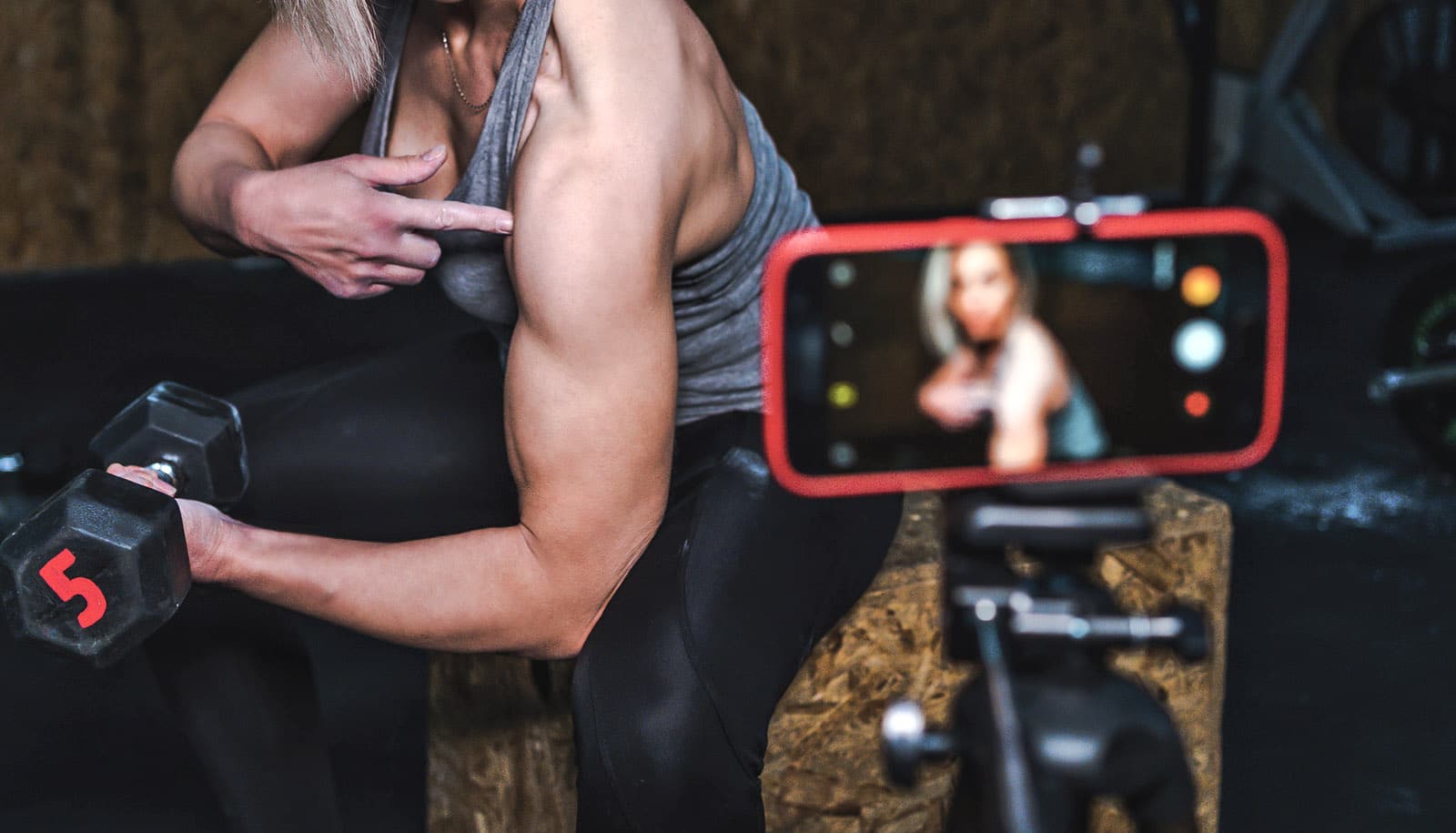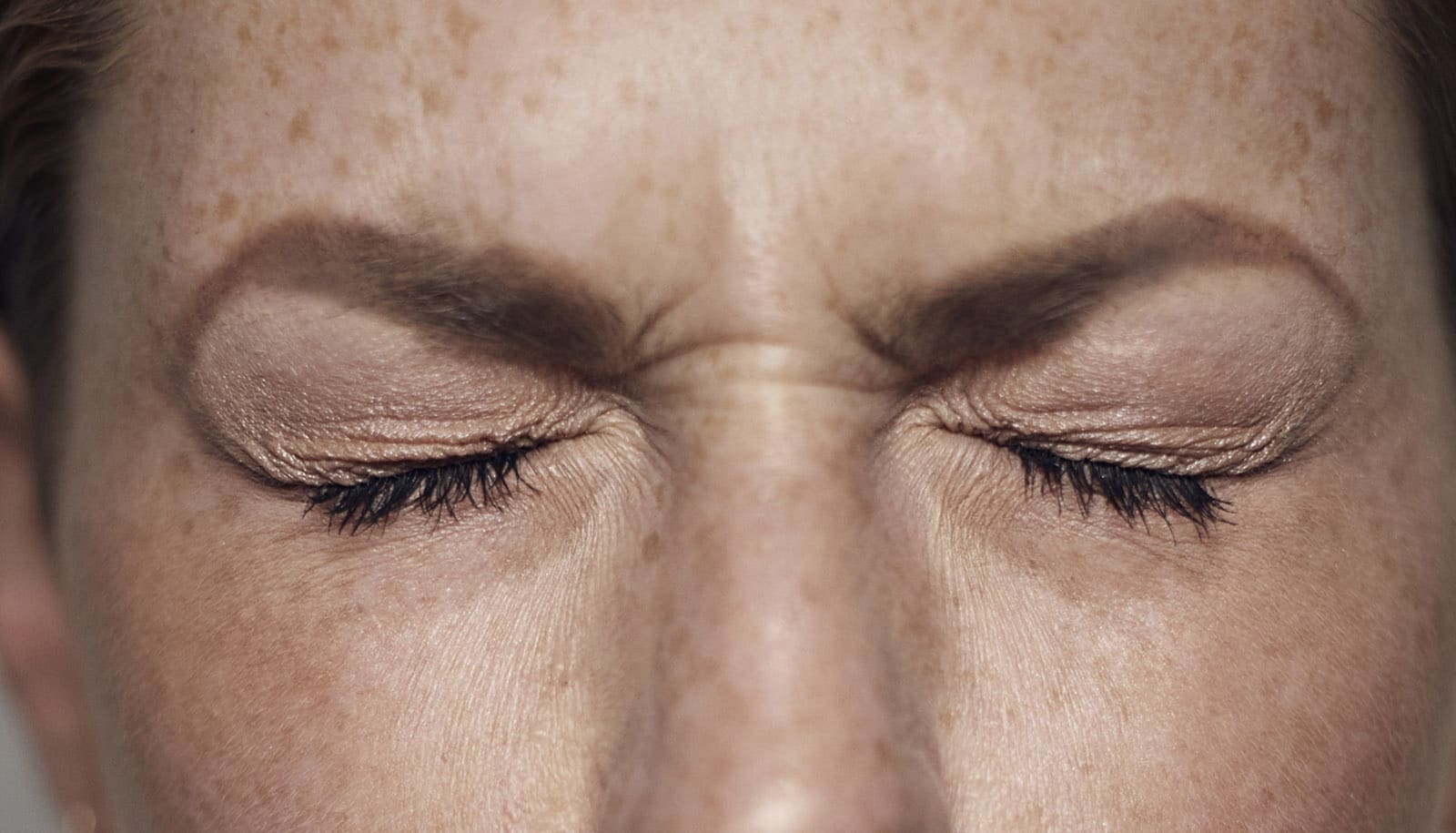Sexual health, diet, and exercise steal the show when it comes to popular health-related videos on TikTok, a study finds.
Unfortunately, there’s little else in terms of engaging health-related content on the video sharing platform, report the researchers.
The social media platform’s mostly young audience also seems to prefer health-related videos featuring the “role model” appeals of popular influencers, such as their diet or exercise routine, rather than expert medical advice, according to the study in the Journal of Health Communication.
“Not surprisingly, we saw a great deal of role model appeals as influencers have a strong voice on this platform,” says Nicole O’Donnell, an assistant professor of communications at Washington State University and lead author of the study. “The issue we have with this from a health communication perspective is that most of these videos weren’t providing attainable steps for behavior change but rather sharing aesthetic details of what is often a highly unobtainable lifestyle.”
Compared to Instagram, Facebook, and Twitter, TikTok is a relatively new platform with user patterns that scientists are still trying to understand. To address this knowledge gap, the research team, comprised of O’Donnell and communications PhD students Sultana Ismet Jerin and Di Mu, analyzed 400 health-related videos from TikTok’s #EduTok campaign.
They found most of the videos focused on mental health, diet, exercise, or sexual health, which are areas of interest that TikTok’s younger audiences likely influence. However, mental health videos had relatively low levels of audience engagement, and other important topics that are especially relevant to teens, such as substance abuse prevention, bullying, and sexual violence prevention, were largely absent.
Unsurprisingly, they also found that videos employing “role model” appeals, such as a famous actress or sports star encouraging a healthier lifestyle, had the highest levels of engagement. Videos designed to shock or scare people from participating in a certain type of behavior also did well in terms of viewership. But both these types of videos often lacked essential factual information and fell short of promoting attainable behavior changes.
“Almost 50% of the videos had role model appeals in them,” Jerin says. “Our results indicate that audiences highly engage with personal stories. The emotional appeal of the content is also a factor that influences audience engagement. In another study, we are specifically looking at emotional appeals of mental health messaging to learn more about engagement as mental health videos appeared the least engaging although being the most frequently covered health topic in EduTok videos.”
Another worrisome trend that the researchers identified was the prevalence of videos promoting self-diagnosis of mental health issues, with O’Donnell noting the potentially serious implications of individuals, especially young people, diagnosing their own health issues based on brief social media videos.
“Videos of people self-diagnosing their depression, anxiety, or other issues related to mental health tended to have very high engagement which is a problematic trend that we would hope to have some public messaging about in the future,” O’Donnell says. “We plan to look more closely at the topic of mental health in general and the emotional appeals that creators are using.”
Moving forward, the researchers hope is that health care providers as well as state and federal agencies can use their findings to better engage with young people on a variety of health-related topics.
“Authentic stories about people’s lives tended to generate a lot more engagement than a person in a white coat sharing their opinion,” O’Donnell says. “And so, one strategy we would recommend is to have health professionals find ways to share people’s authentic stories while also providing credible and reliable information.”
Source: Washington State University



